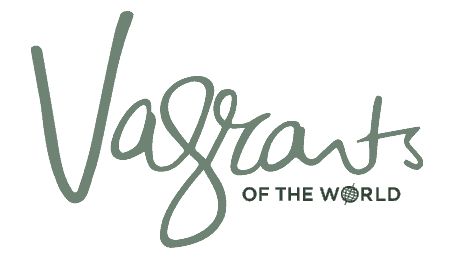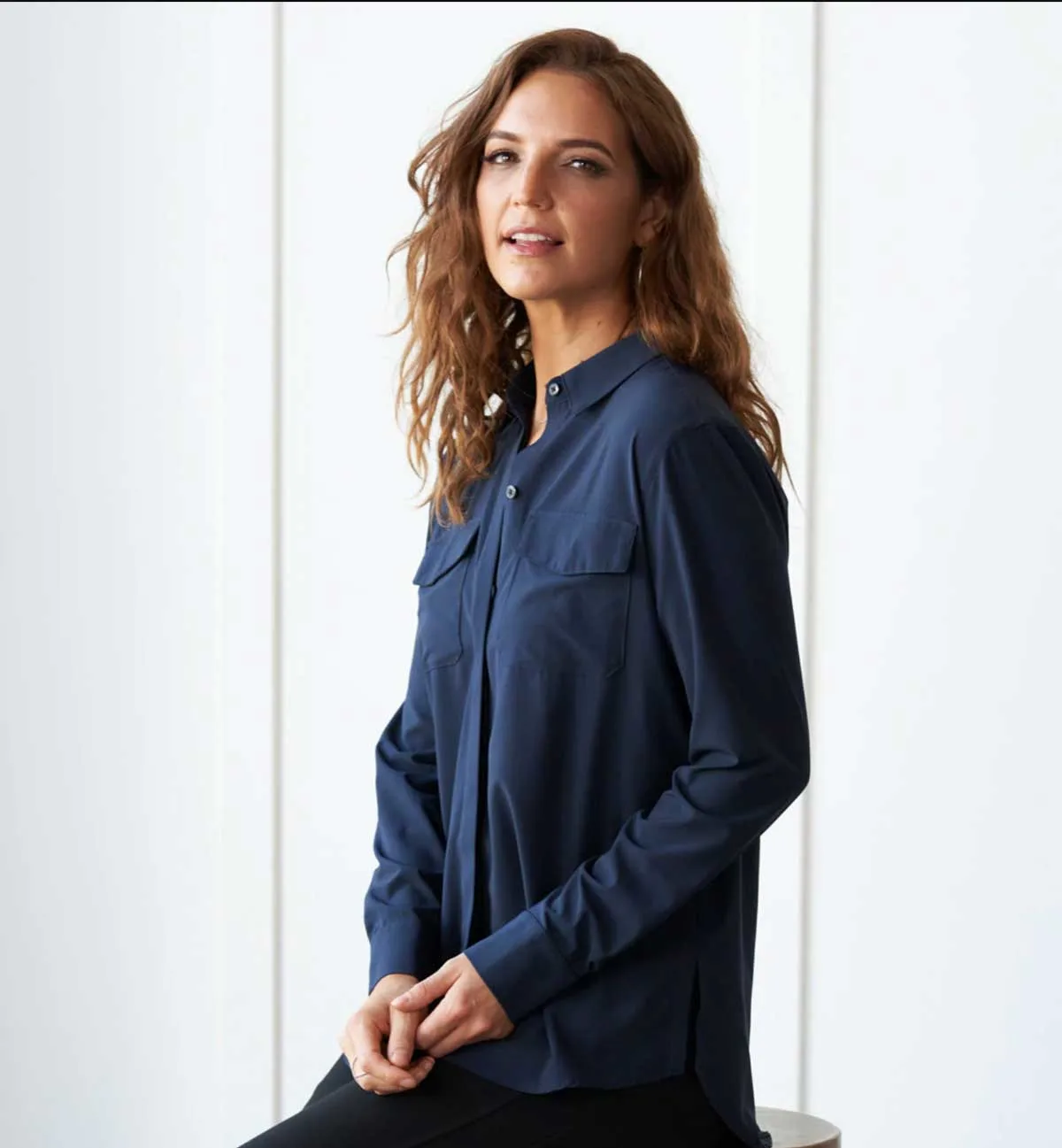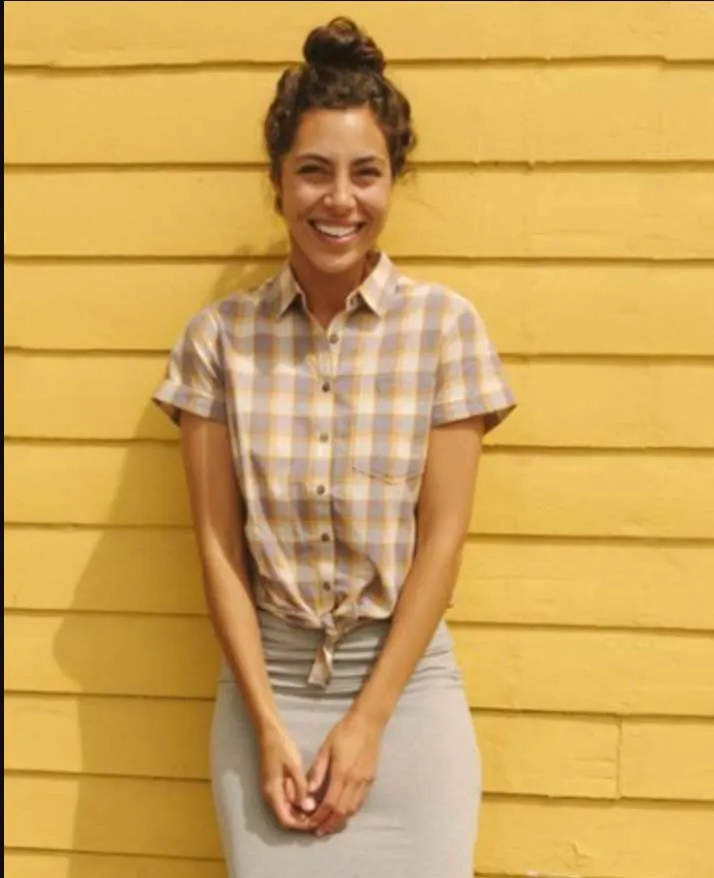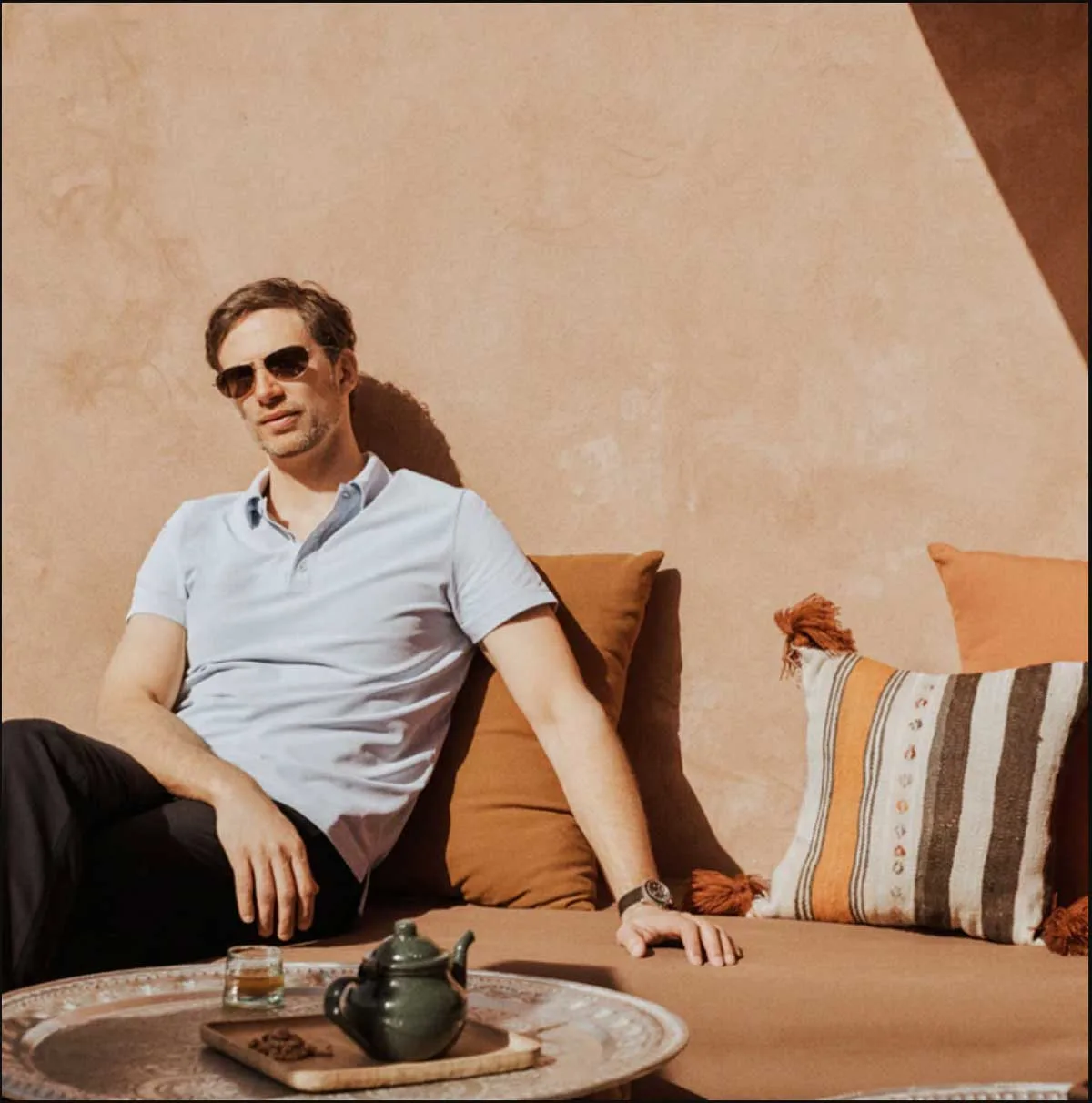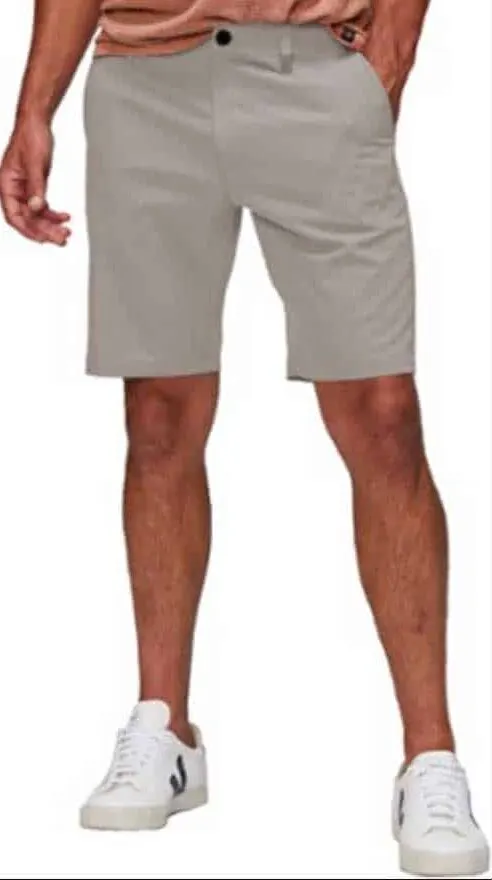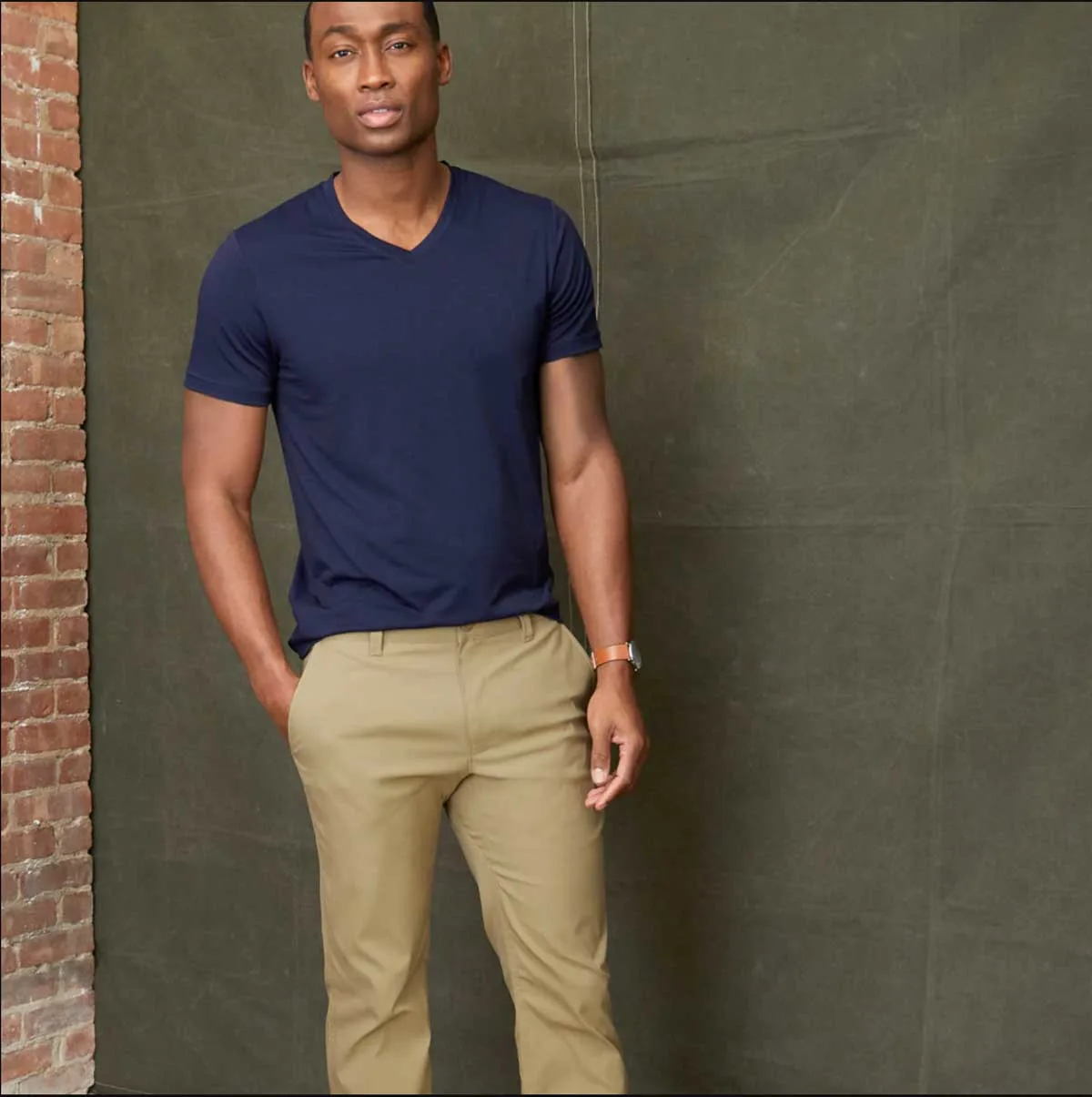Creating a packing list for Morocco can be a difficult endeavor to start. Morocco is a destination that offers an exceptional variety of experiences. This diverse country boasts cosmopolitan and ancient cities, a rugged mountainous interior, vast desert expanses, and stunning coastlines along both the Atlantic Ocean and the Mediterranean Sea.
With a blend of cross-cultural influences, Morocco is more relaxed than some neighboring Muslim countries but remains conservative. Its climate is as varied as its geography, making it essential for travelers to pack both practical and culturally respectful clothing. Deciding what to wear and bring can be challenging, hence the need for a comprehensive packing guide tailored to the unique needs of visiting Morocco.
Related: Book Your Hotels for Your Morocco Trip – A Guide to The Best Hotels in Morocco
We have put together a practical packing list for Morocco that covers all the travel essentials beyond what you would pack for a typical trip abroad. These are the items we use ourselves and, from experience, what we would pack for Morocco.
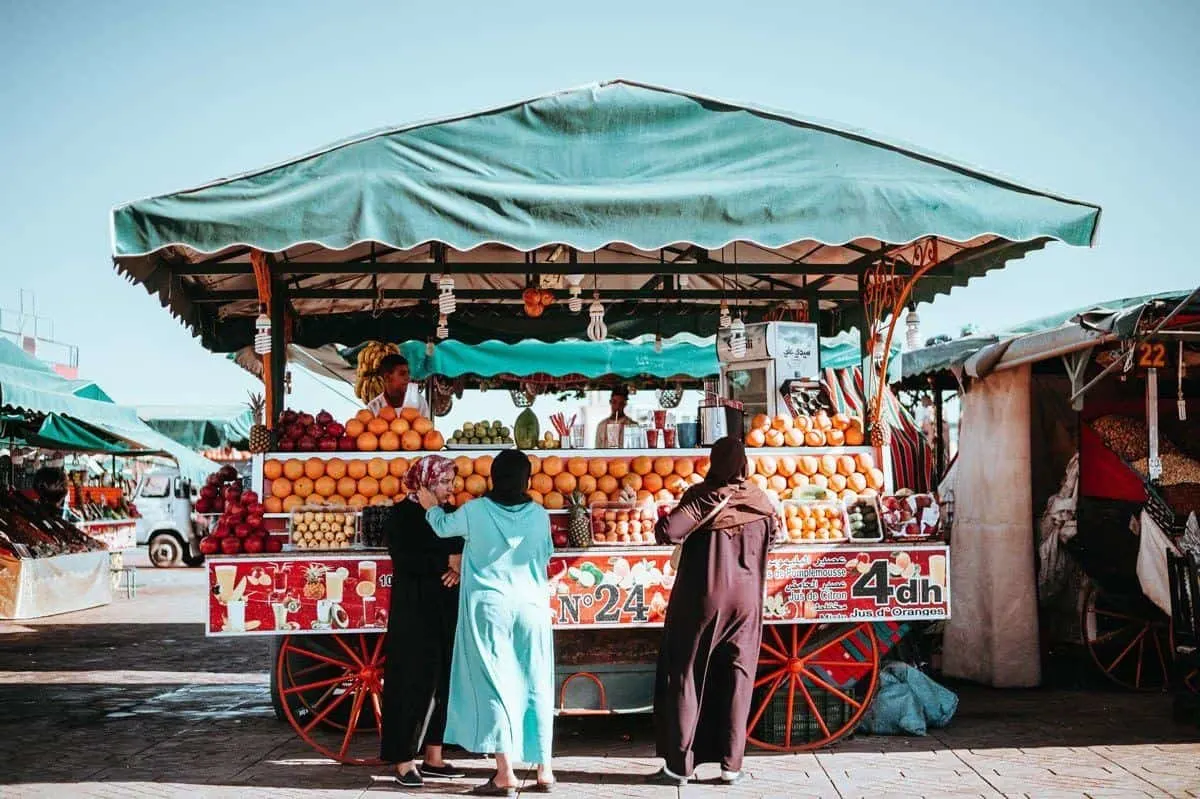
What to Wear in Morocco
Aside from cultural considerations and the different activities you have planned in Morocco, you also need to pack clothes to cover you for an ever-changing climate. No matter what time of year, bring layers and prepare for both hot and cold weather at some point.
Even on a short visit to Morocco, you could go from breaking out a sweat in the markets of Marrakech to being very cold at night in the Atlas Mountains or the Sahara Desert.
Layers will serve you well in any season and cover you for all situations. Also, think lightweight, breathable and loose. Aside from wanting clothes that are comfortable in the heat and easy to wash and dry, overly tight clothing can attract unwanted attention.
How to Dress in Morocco for Women
When visiting Morocco, it’s essential for women to dress respectfully towards the local culture. While covering your head is rarely required, dressing modestly remains important, especially in rural regions. Even in progressive areas, dressing modestly can help avoid unwanted attention
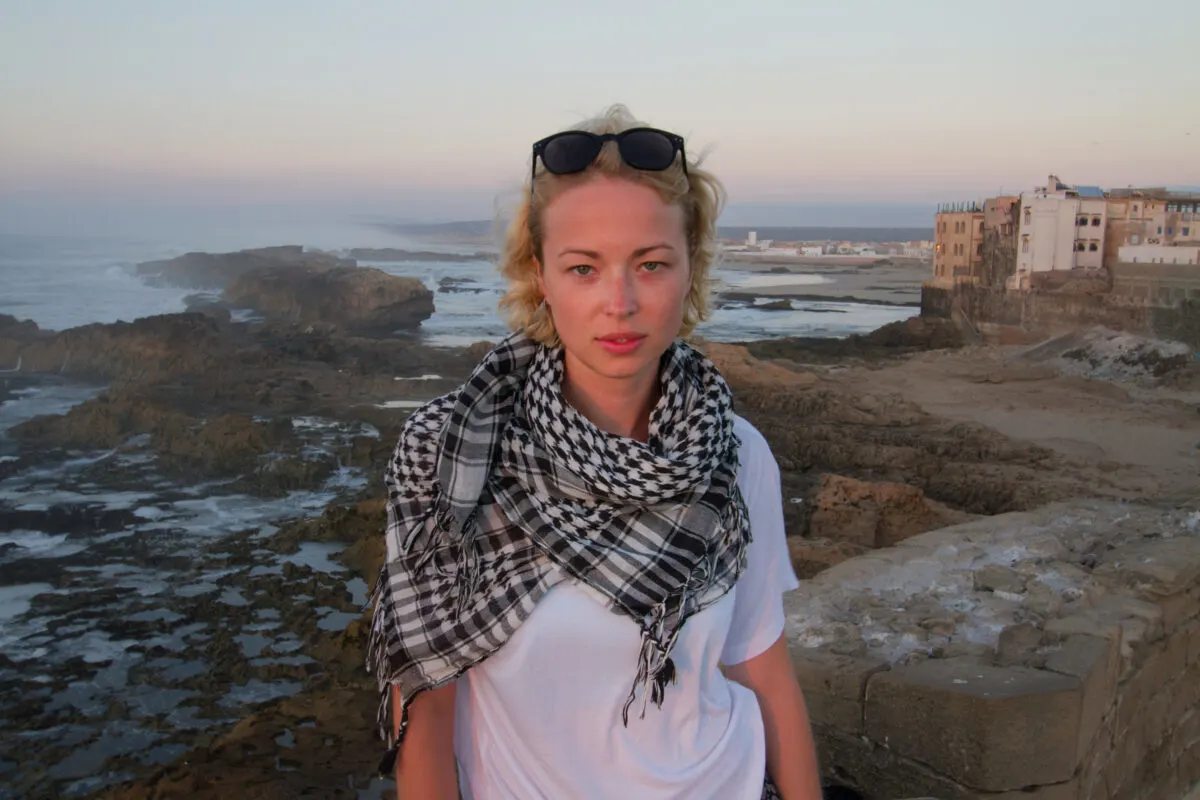
Basic Morocco Dress Code for Women
- Basic Guidelines for Women’s Attire:
- Cover Shoulders: Avoid strappy tops unless you have a shawl or cardigan.
- Length of Bottoms: Shorts, dresses, and skirts should reach at least your knees. Full-length skirts or pants are preferred.
- Loose-fitting: Lightweight, loose-fitting pants are advisable, especially in hot areas.
- Avoid Cleavage: Tops should not reveal cleavage. Consider wearing a vest or camisole underneath.
- Pair Tighter Pants with Longer Tops: If wearing jeans or leggings, opt for longer tops to cover your rear.
- Head Covering: Not needed daily but essential when visiting mosques. A lightweight scarf can also protect against sun and sand, especially in desert regions.
Complete your Travel look for Morocco: Find The Best Women’s Travel Jackets for every season and the Best Women’s Travel Pants that are comfortable, versatile and stylish. If you can’t bare to leave home without a hair dryer – see our guide to the best lightweight dual-voltage hair dryers for travel.
What to Wear in Morocco for Men
Men should also be mindful of cultural norms while creating a packing list for Morocco. Though the expectations are more relaxed compared to women, modesty is still appreciated. Dressing neatly and avoiding overly casual attire helps blend into the local culture.
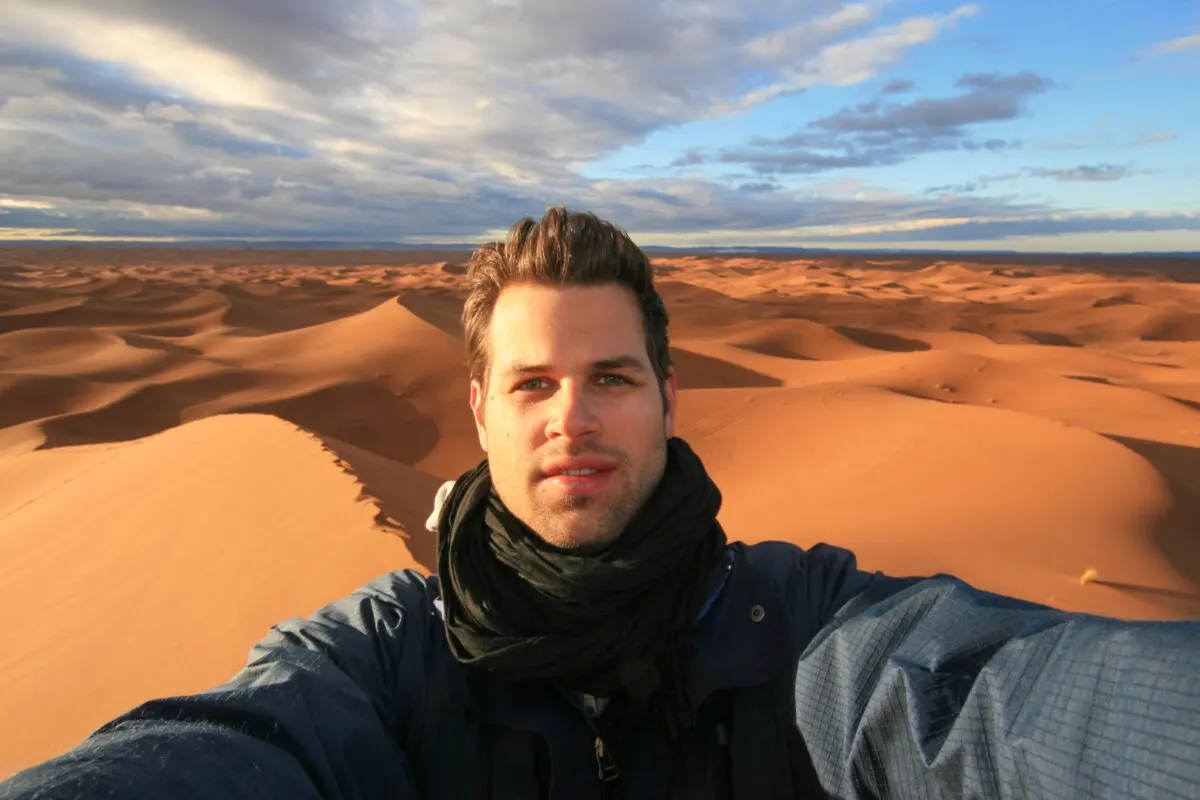
Basic Guidelines for Men’s Attire:
- Long Pants: Preferable when dining out.
- Appropriate Tops: Jeans with a T-shirt are acceptable, but a collared shirt is better. Ensure jeans are well-fitting and not torn.
- Avoid Singlets and Tank Tops: Rarely deemed appropriate.
- Minimize Branding and Logos: Steer clear of over-the-top branding or designs.
- Consider Long Shorts: Acceptable in hot weather for tourists, but in rural regions, shorts might be seen as inappropriate. Always observe local cues.
Tip: If you need a lightweight men’s travel jacket, consider one with hidden pockets for Morocco. It can help keep things safe when you don’t want to carry a bag. Especially in the crowded souks and medinas. See our top pick for the most stylish and practical Men’s Travel Jackets with Hidden Pockets.
TIP
Don’t Stick Out as a Tourist – How to Dress Like a Local When You Travel
Tips on how to dress appropriately when you travel to avoid standing out. Especially in conservative countries.
Morocco Clothing Essentials for Both Men & Women
There are a few simple items both men and women will want to pack for Morocco.
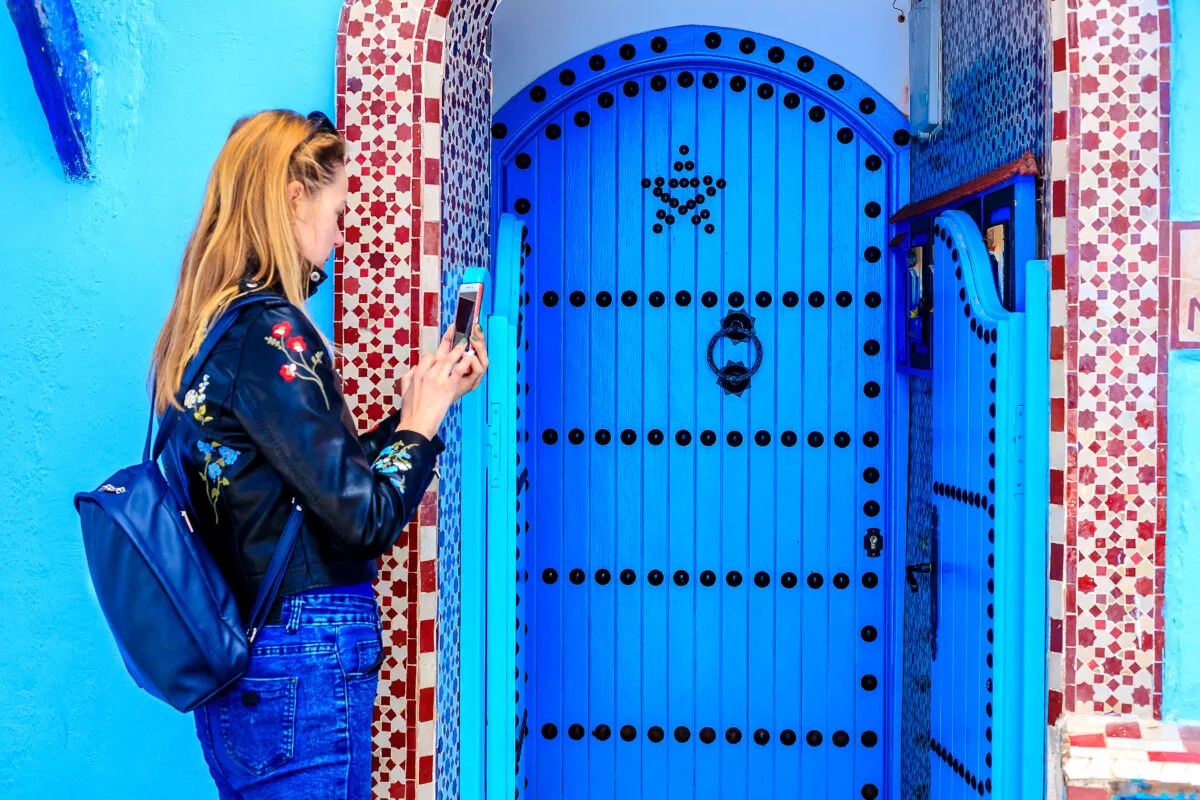
- Packing for Morocco requires careful consideration of the climate and cultural practices. A sun hat is crucial for your packing list for Morocco to protect against the intense African sun. For those venturing to the Atlas Mountains or the Sahara Desert, a warm winter beanie is essential due to the significant drop in temperature during mornings and evenings.
- A hoodie or a warm, lightweight top is advisable. The Smart Travel Hoodie, with its numerous Anti-Theft pockets, is particularly practical as it is easy to pack and provides extra warmth with the hood.
- A lightweight travel scarf is a versatile necessity. It shields from the sun and sand, especially in desert areas. Additionally, it serves as a modesty accessory when visiting mosques or religious sites. Men in shorts may need to use the scarf to cover up appropriately.
- Swimsuits are also important. Morocco offers many beach destinations, and hotels or riads often feature pools. Cooling off in the hotel pool can be a refreshing break after a day of exploring, for instance, at Ait Benhaddou or other locations, including potential pool dips in the Sahara.
- By preparing these essential items, travelers can stay comfortable and respectful while enjoying all that Morocco has to offer.
Best Shoes for Your Packing List for Morocco
Choosing the right shoes for your packing list for Morocco is important for comfort and safety. Here are some recommendations:
- Sandals: Ideal for casual outings in warm weather. Ensure they are comfortable for long periods of walking.
- Closed-Toe Walking Shoes: Essential for city tours and exploring medinas with uneven surfaces. They protect your feet from dirt and rough terrain.
- Sneakers: Suitable for most activities, including visits to the Atlas Mountains and the Sahara. Check our guide to the best travel sneakers for more information.
- Flip-Flops: Practical for quick use and perfect for visits to a Hammam.
Our Favourite Travel Shoes for Morocco
If you want an all-around, breathable shoe for warm weather that will work for lite hiking, sightseeing, or even swimming, you might want to try a shoe like the Astral Loyak Water Shoe.
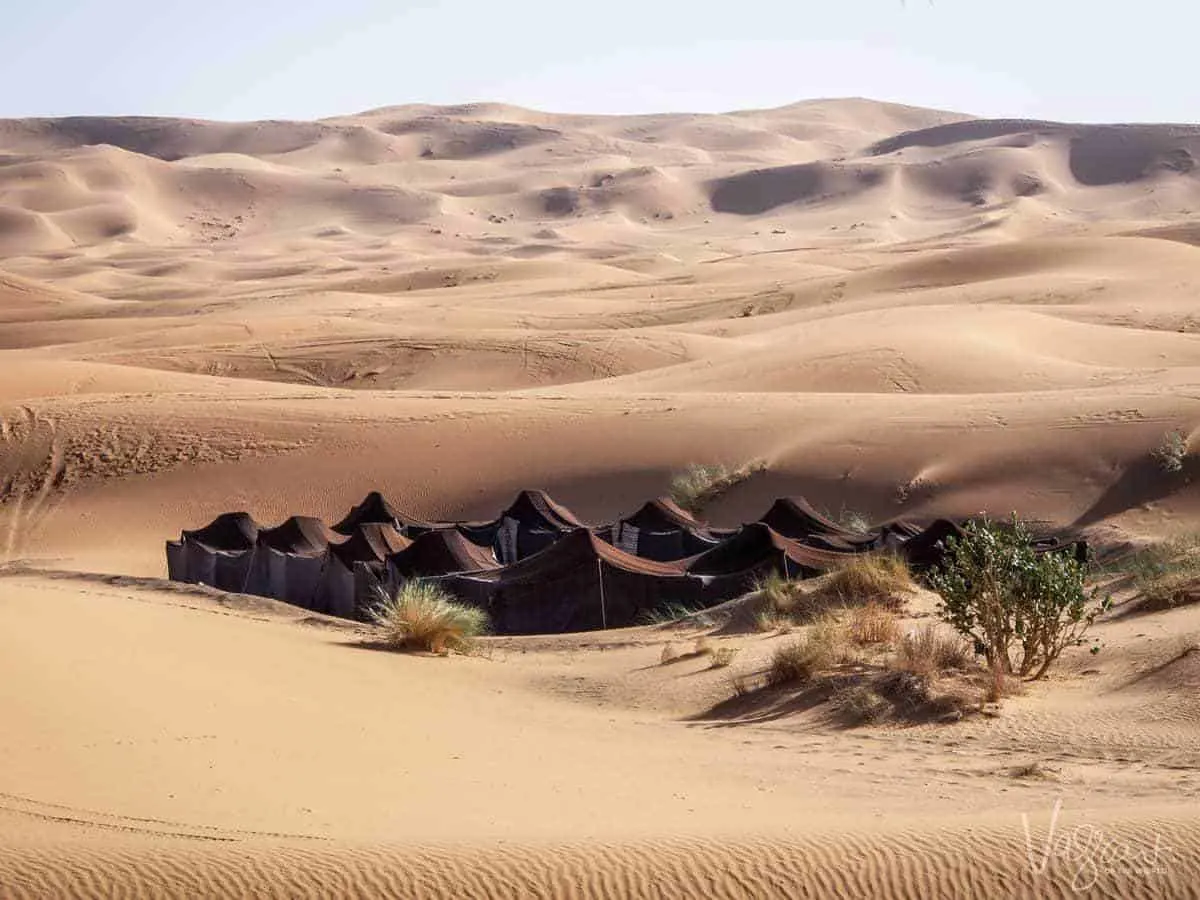
What to Pack for Morocco By Season
Summer – June to August
In Morocco’s summer, the Sahara Desert experiences extreme heat. Meanwhile, cities along the Atlantic coast, such as Casablanca and Essaouira, are warm but comfortable. On the north coast, Tangier and Chefchaouen, located in the Rif Mountains, enjoy a typical Mediterranean climate with hot, sunny days.
- Loose, breathable clothing to stay cool.
- Sun protection gear: large hat, long-sleeve light shirts.
- Light jacket for cool evenings in high altitude and desert areas.
- Ensure women keep knees and shoulders covered; men should opt for long shorts.
Winter – November to February
Southern Morocco maintains mild daytime temperatures in winter, but evenings can be surprisingly cold. For those planning overnight camel treks in the Sahara, expect very cold nights and mornings. The northern areas experience wet winters, while the High Atlas Mountains can be extremely cold, often with snow.
- Warm jacket and a windbreaker, especially for coastal areas.
- Lightweight underlayers to manage cold mornings and evenings.
- Closed-toe shoes and socks.
- Wool beanie and winter-weight scarf.
Shoulder Seasons – Spring (mid-March to May) | Autumn (September to October)
Spring and autumn are the best seasons to visit Morocco, particularly for hiking in the mountains. Temperatures during these seasons are pleasant, although nights can get chilly.
- Jacket or windbreaker for evenings and mornings.
- Comfortable clothes for daytime: loose-fitting pants, long skirts, breathable tees.
- Pack both sandals and closed-toe shoes for versatility during these seasons.
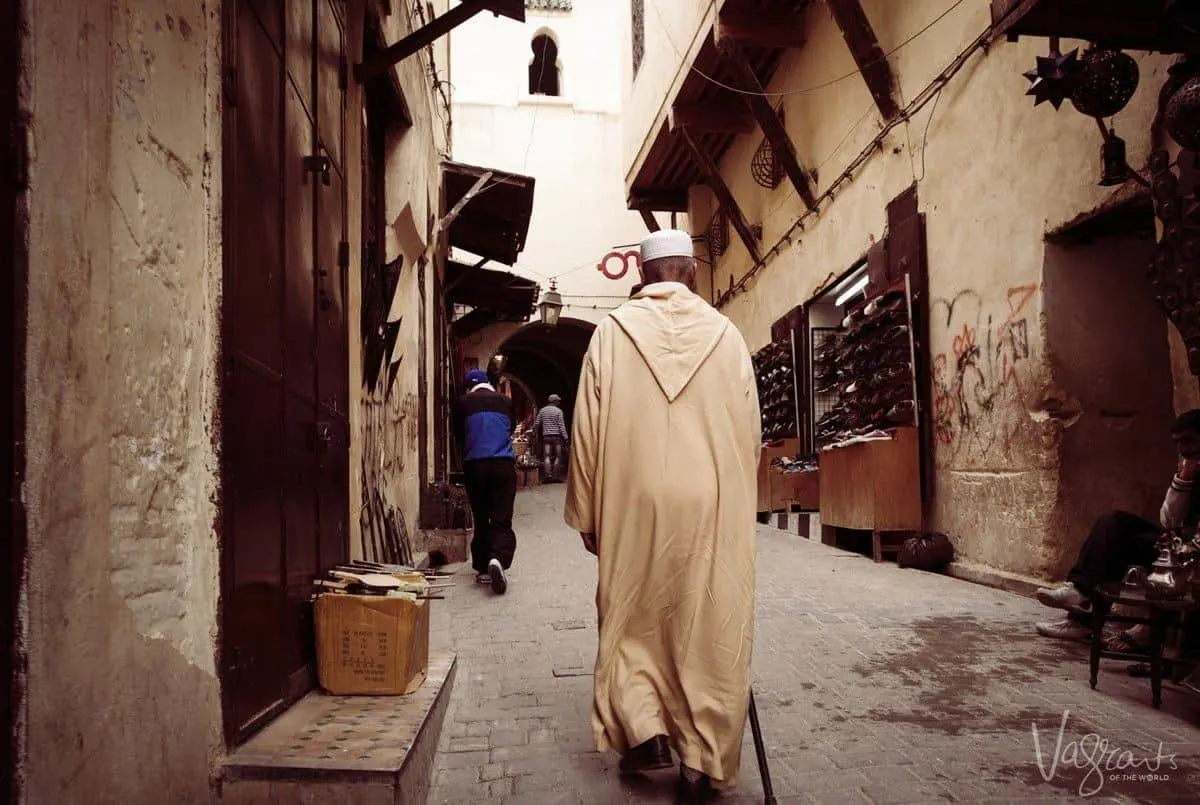
Choose the Right Luggage
Consider practical luggage for your packing list for Morocco. When we say practical, we mean easy to manoeuvre and carry. If you are planning to visit Marrakech or Fez, for example, one of the great experiences of these cities is staying in a riad in the Medina. As you can’t get cars into the medina’s, you must carry your luggage to your accommodation.
The streets of the medinas are very uneven. Fez, in particular, can be quite challenging with bags, often with stairs and narrow uphill streets. Some accommodation will send someone with a cart to meet you, but this is not always the case. The roads are also filthy, often with donkey droppings, so you don’t want to ruin a good suitcase either.
We recommend a bag with good sturdy wheels. Preferably one that can be pulled on two wheels as opposed to having to be pushed on four. This helps with dragging bags up hills and stairs. A duffle style wheelie bag that can be picked up and slung over your shoulder or on your back is even better. A soft bag is also better than a hard case for fitting into the back of cars if you are planning any 4×4 tours.
We use both Samsonite and Eagle Creek wheeled duffle bags as they are lightweight, no fuss bags with sturdy “off-road” wheels.
Daypack
Travelers embarking on a trip to Morocco should consider adding a day pack to their luggage. Aside from daily usage, a day pack is indispensable for overnight excursions such as camel treks in the Sahara where only essential items can be carried, leaving the main luggage behind.
A lightweight, foldable day pack is recommended for those who prefer a compact option that can be stored in a suitcase when not in use. However, for a versatile option, a multipurpose day pack works well for both hiking in the Atlas Mountains and navigating through the bustling souks of Marrakech. Features to look for include anti-theft attributes which are ideal for busy urban and tourist settings.
Additionally, women may find a quality anti-theft handbag to be a valuable travel companion, suitable for a variety of travel scenarios.
You can read more about the best anti-theft travel gear here.
A lightweight waist pack/sling bag is perfect for travel in Morocco, especially in busy souks or nights out. We’ve rounded up 13 stylish and practical anti-theft waist packs for men and women here.
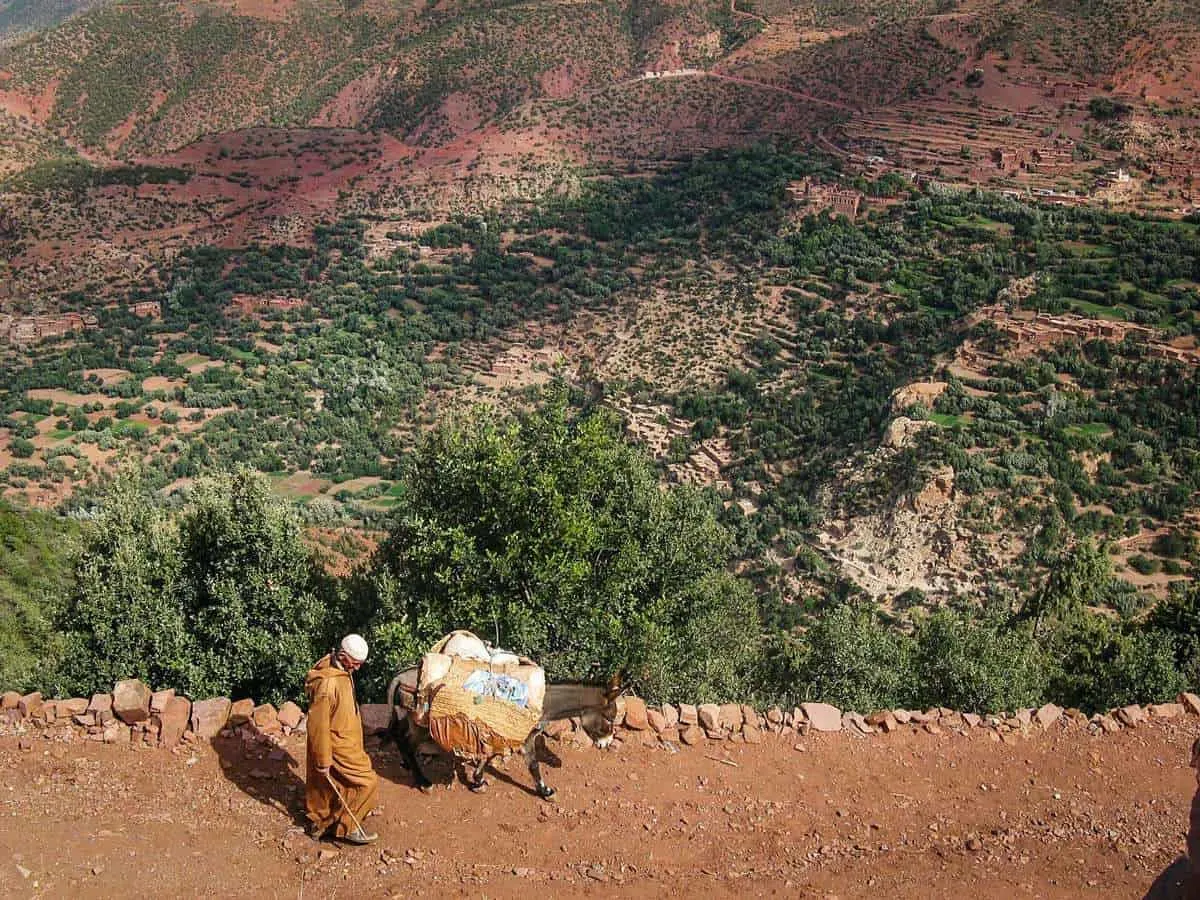
Lockable Luggage Cables for Trains and Hotels
Beyond the standard luggage locks, travelers are advised to pack lockable luggage cables for their packing list for Morocco. These are particularly useful when traveling by train within Morocco, such as the routes from Casablanca to Marrakech or Fez to Tangier. Often, luggage must be stored in open areas away from the passenger’s seat, sometimes far from their compartment.
Locking all bags together and securing them to a fixed structure using a cable can offer travelers peace of mind. When selecting new luggage locks, consider those with a long shackle or even better, a long cable shackle. These provide more versatile locking options, especially for bags with outer pockets that have only one zip head. The length and flexibility of the cable shackle allow for securing all pockets by linking to another zip or lock on the bag.
Such precautions are highly useful, not only for train journeys but also for situations like storing luggage overnight, such as during a Sahara excursion.
Read Our Comprehensive Buying Guide to the Best Luggage Locks, Luggage Straps & Cables to get the best locking arrangements for your luggage.
Power Adapters and Portable Chargers
Morocco uses a 220V supply voltage and operates at 50Hz, compatible with types C and E plugs, which have two circular prongs, similar to those in Europe. It’s advisable to carry a lightweight power board from your home country, so only one adapter is needed to charge multiple devices simultaneously. Opting for a powerboard with USB ports can be more practical and space-saving than carrying several adapters.
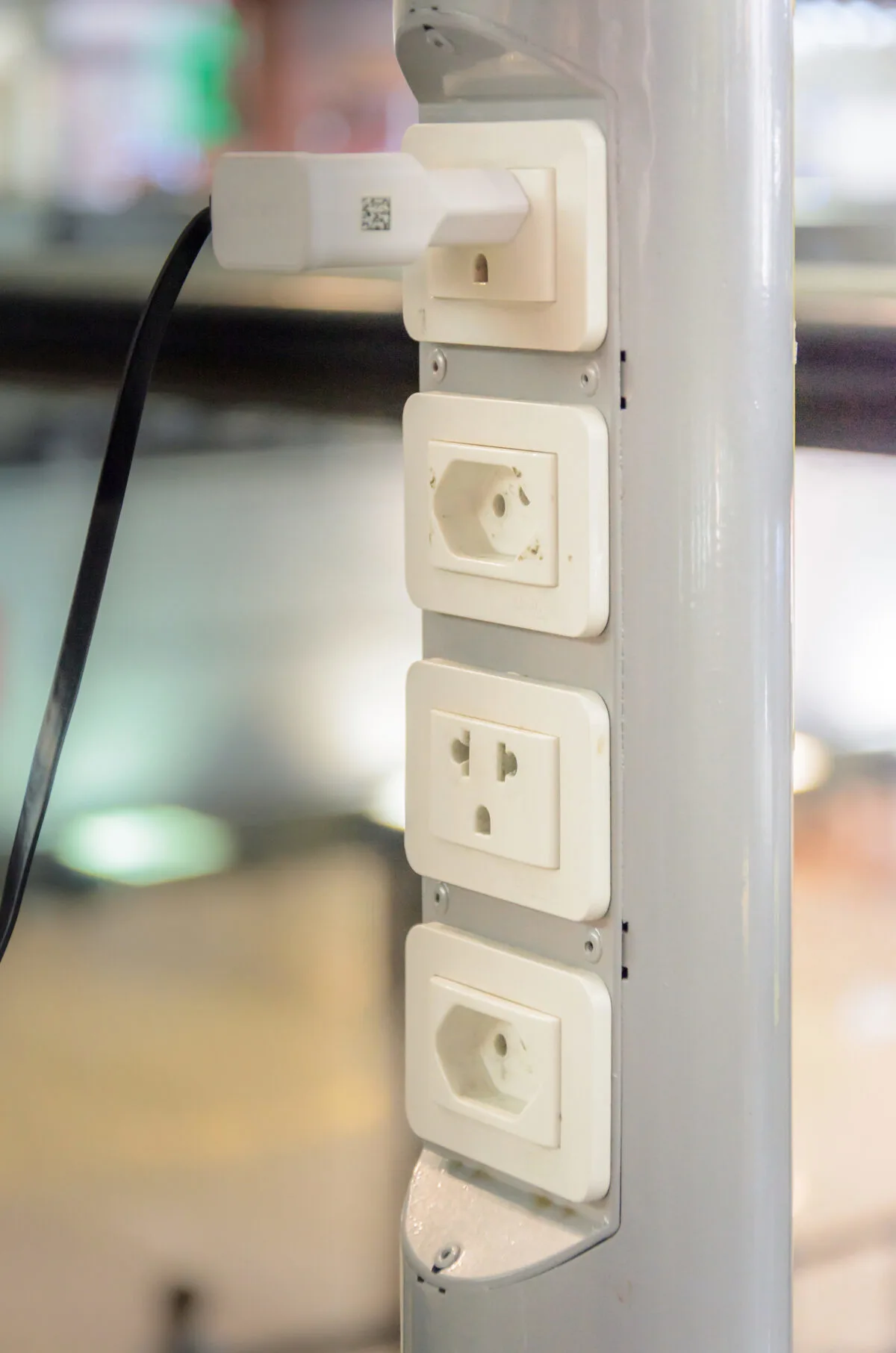
Bringing a portable charger is essential. It’s particularly useful for charging smartphones or cameras when power outlets are unavailable, such as during camel treks in the Sahara or long train journeys between cities. This ensures devices remain powered up in remote and long-duration travel situations.
Travel Purifying Water Bottle
Many areas in Morocco, such as the Atlas Mountains and open desert regions, suffer from substantial amounts of plastic waste and litter. The local water is generally unsuitable for many travelers, leading to the frequent purchase of bottled water. With the increase in travel, bottled water consumption has become an environmental concern.
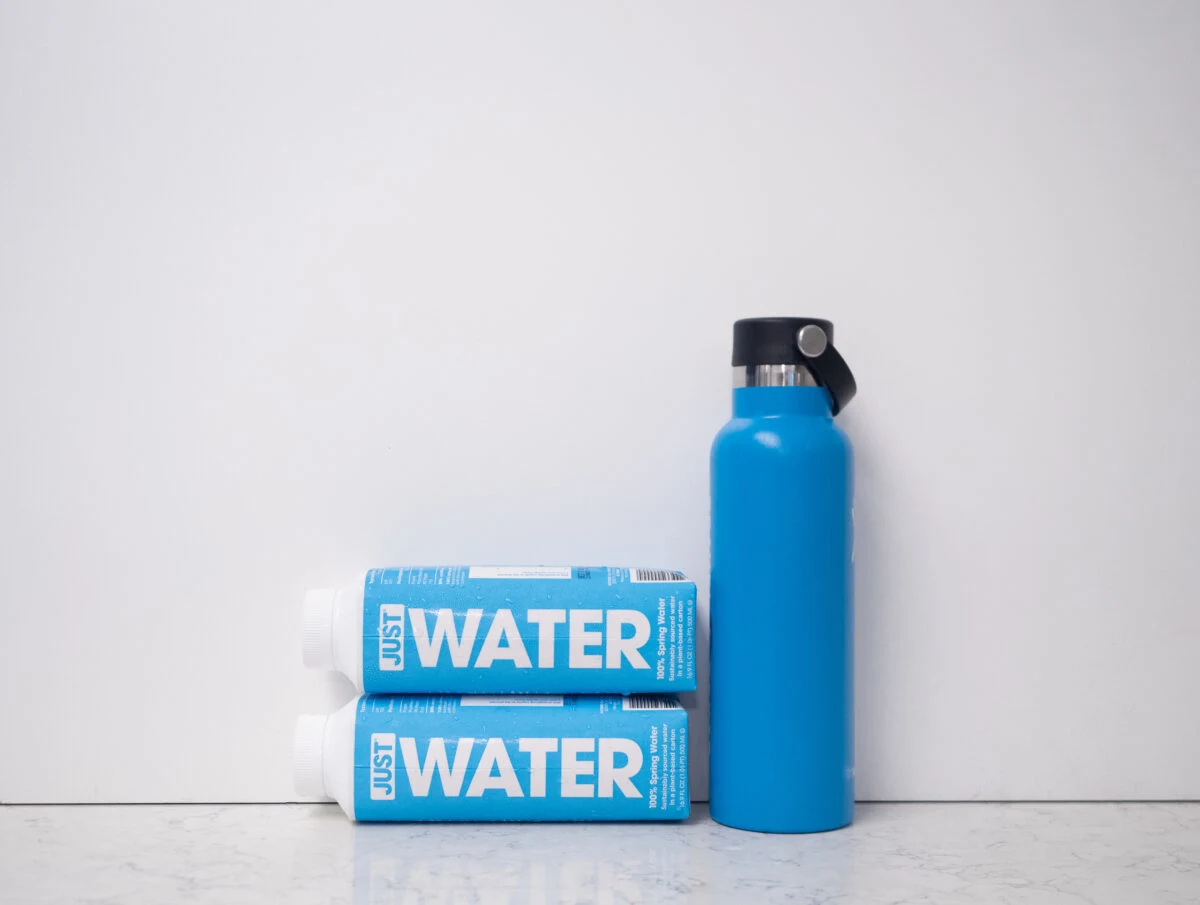
Reusable purifying water bottles present an eco-friendly solution. Several hotels now provide filtered water for guests to refill their bottles, aligning with government efforts to reduce waste.
A practical choice for travelers’ packing list for Morocco is a personal water bottle equipped with an inbuilt filtration system. Products like the Lifestraw water bottle are efficient. For those who prefer a more compact option, collapsible water bottles paired with standalone filtration straws are equally effective.
Here are the benefits of using travel purifying water bottles:
- Environmental Impact: Reduces the need for single-use plastics.
- Convenience: Easy access to clean water on the go.
- Versatility: Suitable for various travel styles and destinations.
Travelers can find more detailed recommendations and information in guides dedicated to the best filtering water bottles for all types of travel.
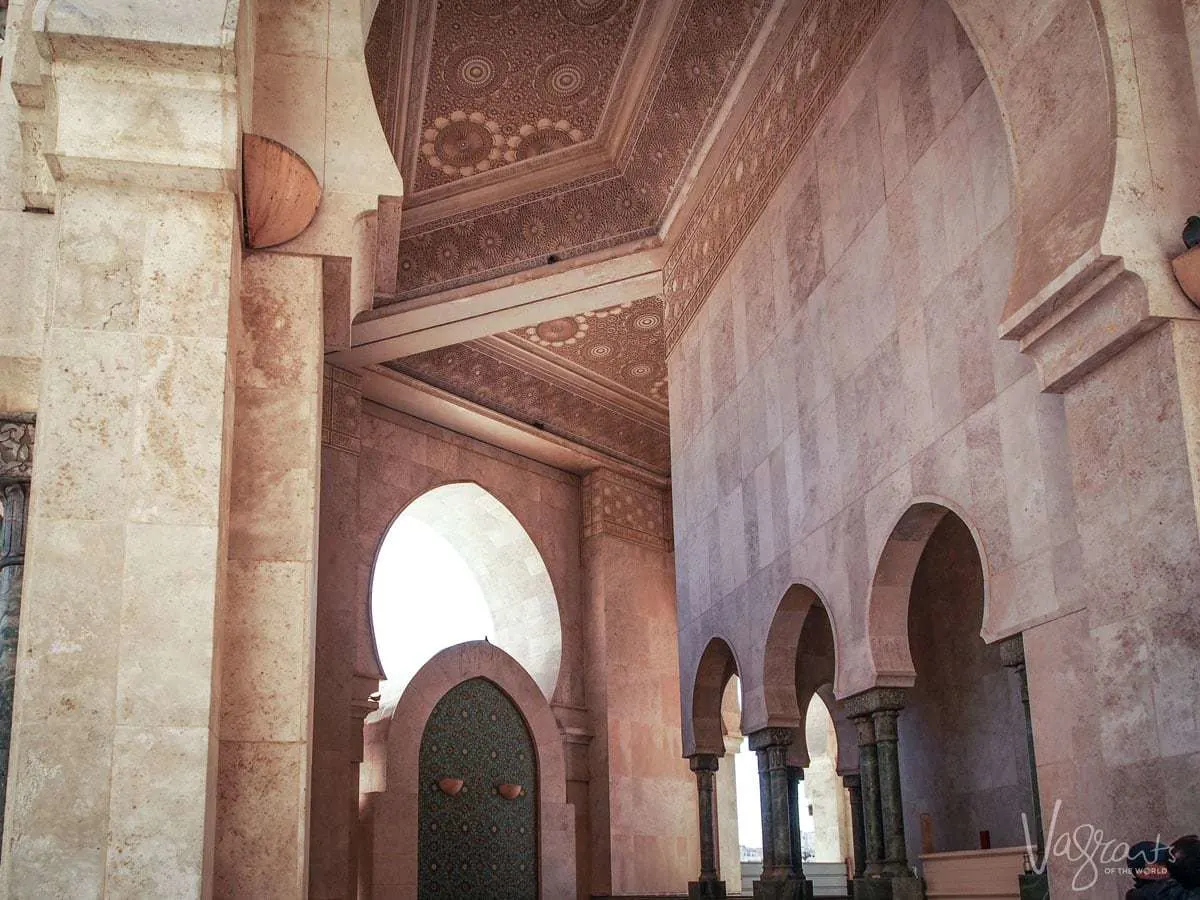
Travel Ear Plugs
In regions like Morocco, the Call to Prayer emanates from mosques five times daily, sometimes starting as early as 4 a.m. For travelers, this can be a disruptive element, especially in the early hours. Additionally, those traveling on overnight trains, such as the route between Marrakech and Tangier, may find earplugs invaluable for achieving a restful journey.
Reusable earplugs come highly recommended. These not only help in reducing ambient noise but also alleviate the discomfort caused by pressure changes during flights. They are generally more sanitary compared to disposable foam earplugs and are less prone to getting misplaced. For those prioritizing hygiene and durability, reusable earplugs present a significantly advantageous choice.
Medication and Personal Items
Medication
When travelling to foreign countries, it is always wise to prepare for the worst and hope for the best when it comes to health and personal requirements.
Obviously, you will need to bring any medications you require with more than enough to see you through your trip. It is also prudent to keep a copy of your prescription with you. While Moroccan Customs don’t seem to keep a list of prohibited medications, they do advise anyone travelling with prescription medication to carry a copy of the doctor’s prescription which covers the drug and quantity carried with you. It will also help if, for any reason, you require a refill.
As basic medications go, you should bring the usual suspects with you from home. Basics like Ibuprofen or aspirin. An antidiarrheal drug for precaution such as Imodium. And should you fall victim to a dodgy Tagine – Electrolyte tablets will go a long way to keeping you hydrated and feeling better. Especially in the hotter months.
Personal Essentials
It’s advisable to bring personal items like sunscreen and insect repellent from home since these can be more expensive in Morocco. A high-quality, high-SPF sunscreen is essential due to the strong sun exposure. Another useful item is insect repellent wristbands, which offer protection without the hassle of liquids or aerosols.
Certain personal products may not be as readily available in Morocco as they are back home, so it’s wise to pack anything you consider essential. This is particularly important for items like sanitary products for women, which may not be easily accessible or may differ from those found at home. Always be prepared by bringing these items with you
Compact Wipes and Hand Sanitiser
Traveling in Morocco will likely present you with less-than-ideal bathroom scenarios. Often, payment is required to use public restrooms, which might include a small amount of toilet paper. Sometimes, no paper is provided. Ensuring you have a small pack of travel wipes in your bag can be invaluable in these situations.
A small bottle of hand sanitizer is indispensable for any traveler. Clip-on sanitizer bottles are convenient and practical. In Morocco, you may encounter situations where eating with your hands is customary, such as in the Central Markets of Casablanca where bread is used instead of utensils. Having wet wipes handy after a meal will ensure you stay clean.
FAQ: Packing List for Morocco
Bring lightweight, breathable clothing, modest layers (covering shoulders and knees), comfortable walking shoes, sun protection, toiletries, and electronics with proper adapters.
Dress modestly: aim to cover shoulders, chest, and knees. Loose clothing, long skirts, and long sleeves help you blend in and avoid unwanted attention.
Yes — Morocco’s weather varies. Nights can be cool, and in mountainous or desert regions evenings may require a jacket or sweater.
Comfortable walking shoes or sneakers work well for city streets. Consider sandals for hot days and a sturdier shoe for uneven terrain or desert areas.
Pack a scarf or shawl (versatile for sun or modesty), sunglasses, hat, reusable water bottle, and a secure bag or money belt for valuables.
Bring phone, camera, chargers, backups, and a universal travel adapter compatible with European/Moroccan plugs.
Yes — if your accommodations have a pool or beach, a swimsuit is handy. Just don’t expect to wear it in public settings outside resorts.
You can skip heavy winter gear (unless traveling in high altitudes or off-season), multiple scarves (local markets sell good ones), and full-size toiletries — compact versions work well.
